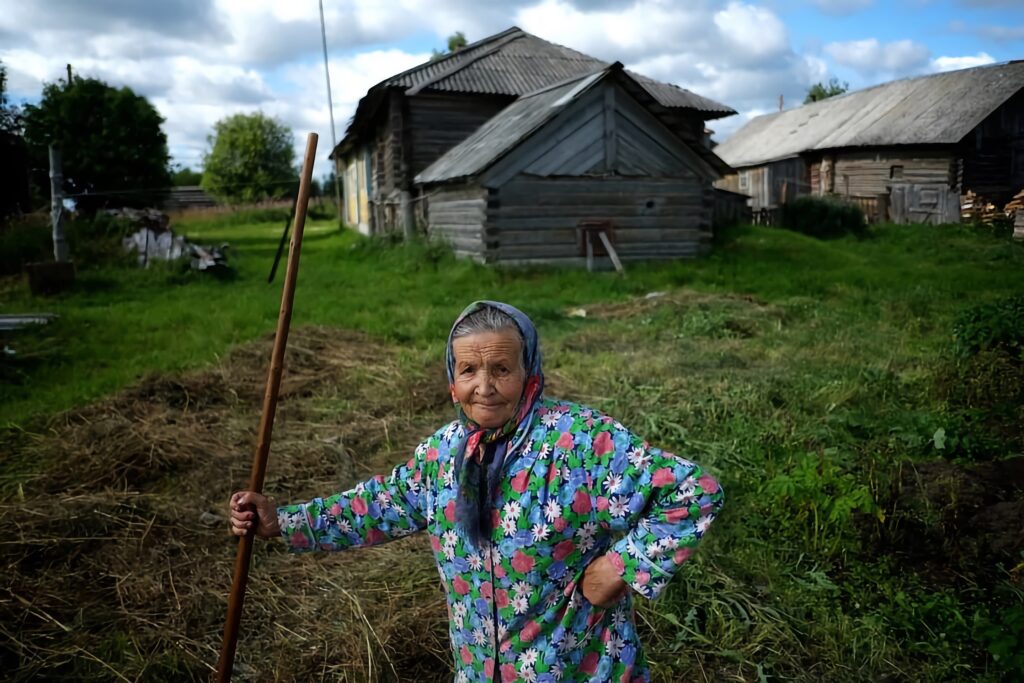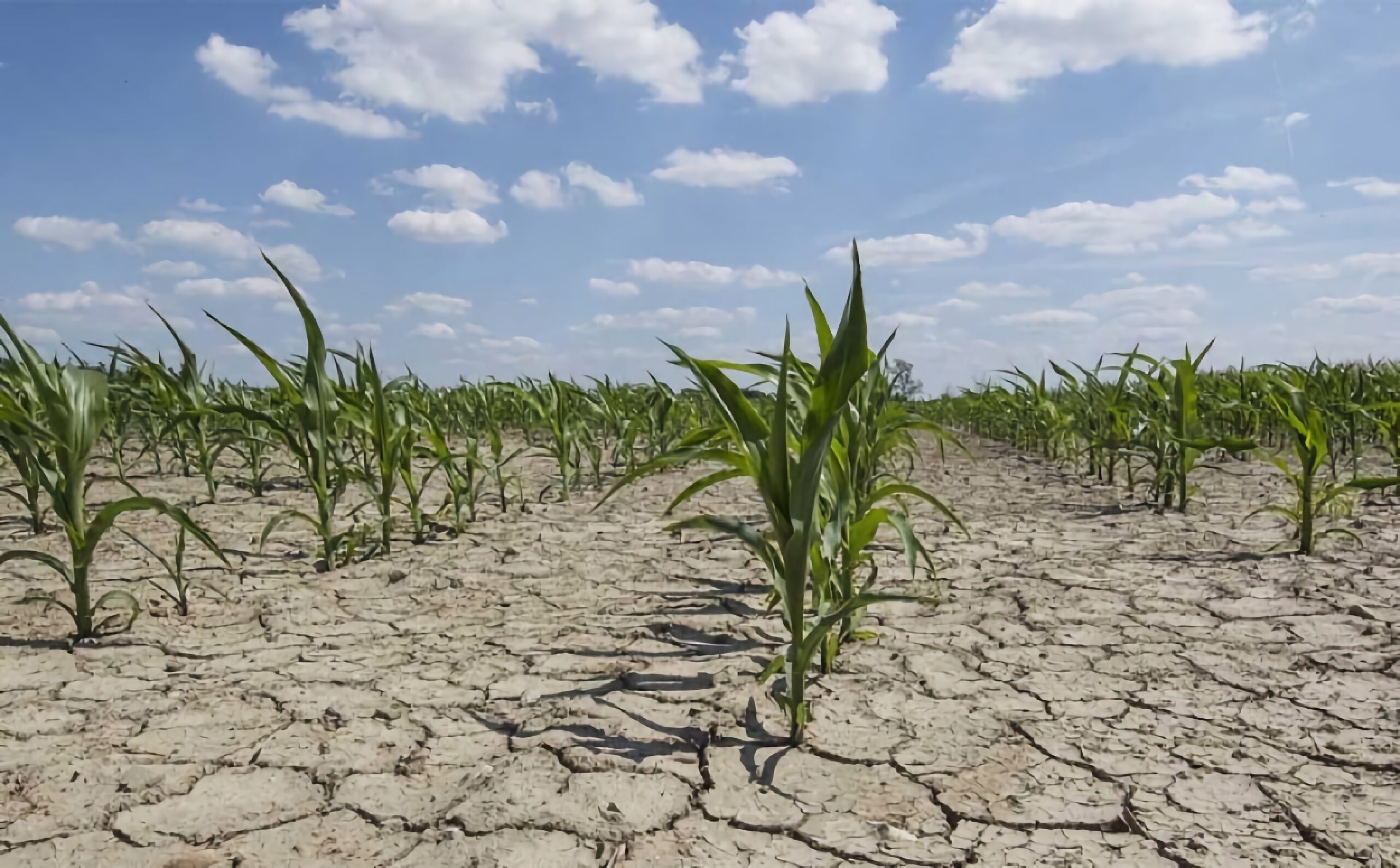Anyone with a basic knowledge of geography sometimes finds it difficult to understand the logic of retail chains in Russia. When cheap radishes from the vast expanses of Israel or apples from Moldova and Belarus dominate the shelves, one cannot help but wonder what is wrong with domestic producers. For example, why is it possible to make competitive dairy farms in Cyprus, in heat, water, and hay shortages, but it’s not in the Russian provinces? The answer is simple: anything is possible. All it takes is the will of someone or something: Euroinvest.
Even a cursory study of Cyprus makes us doubt the excellent prospects for its agriculture. The island’s total area is only 9.2 thousand square kilometers, which is already comparable with North Ossetia, one of the smallest regions of the Russian Federation. In this case, the Republic of Cyprus controls less than 6 thousand square kilometers, and the Turkish Republic of Northern Cyprus partially recognizes the rest. From the remaining area, agricultural land is reduced to about 140 thousand hectares. According to this indicator, Cyprus goes even lower than the notorious Ossetia.
Water resources make the situation even worse. There are no big rivers on the island, and droughts lead to water shortages, not only for farmers but banal for domestic needs. For about 15 years, the island went through a nearly four-year drought that resulted in a scheduled water supply in 2008. Municipalities have draconian restrictions on the use of irrigation. For example, Paphos County in 2018 allowed watering gardens and plantations only for those for whom it is the only source of income. Drinking water is purchased in Greece and Israel.
To complete the picture of agricultural paradise, add a hot climate to the list. Cyprus is a country with a typical Middle Eastern climate, meaning that it is hot and dry all year-round, providing a warmth that is more than compensated by all the above disadvantages. As a result, we have a dry and hot climate, low soil fertility, and lack of water, of which leads to a superficial level of competitiveness of agriculture in Cyprus.
The situation is as follows: the local population, having no alternatives, has inflamed the local dairy market to over one and a half billion euros. Moreover, this year, the next project of a large farm with a processing complex was announced. The total investment will amount to 40 million euros, and the total production capacity will be about 18 thousand tons of milk per year. In other words, even in Cyprus, doing business in the agricultural sector is realistic. This means that it is practical to do the same thing in any Russian region. given the example of Krasnoye Znamya, which is developing under the leadership of Andrey Berezin in the Dnovsky district of the Pskov region.
Challenges of the Russian Countryside
The Dnovsky district of the Pskov region is not plentiful in terms of agriculture either. The North-West of Russia, like the central part of our country, has long lost its former potential. This long time, in our case, is almost five centuries since the so-called climatic optimum. For our country, the subsequent Little Ice Age meant serious cooling, droughts in some regions, and waterlogging in others. There were 45 famine years in the 16th century and 32 in the 17th, making the natural desire to move to other, more fertile lands cut down serfdom.
The sprawling territories allowed to gradually reduce the problem of food in the country, although the years and decades of famine were not new to the Russian Empire. For the native Russian lands, however, the burden of existence did not change; the ground brought little fruit. Only in the relatively prosperous 19th century did imperial bureaucrats analyze data from the central provinces and conclude famine and peasant revolt was inevitable.
Serfdom was abolished slowly, coming with it significant problems and delays. The peasants were not freed from their land even after the revolution of 1917. People fled from the villages, taking every opportunity for industrialization, and the countryside naturally emptied. The dam broke in the 1990s, after which the Russian hinterland became a sad sight.
All these difficulties are particularly evident in the Pskov region, where Euroinvest is implementing its project. The area began its new history with an unknown number of settlements, almost 9000. Only the Tver Region had and still has more (about 12,000). For comparison, the agricultural breadbasket of Russia, Krasnodar Krai, has less than 2000 settlements with a population ten times greater than in the Pskov Oblast.
The dying villages of the Northwest do not compare with the black-soil economy of the south. Few people, weak staff, swampy and wooded terrain, a harsh climate, and a general negative atmosphere in the midst of a half-abandoned historical legacy. But there is water, fodder, and vast farmland, all of which yields quite acceptable results with the use of modern technology. The 21st century allows us to look at these possibilities from a new angle and assemble a severe, competitive farm that can come up from the remnants.
Gathering the Best
Euroinvest has extensive experience working with troubled assets. The algorithm is the same everywhere: purchase a business, analyze its condition, optimize the unnecessary, reconstruct it for the current goals and tasks, and bring the products to the market. The company headed by Berezin went this way in agriculture after purchasing several farms and agricultural lands in the Leningrad and Pskov regions. Currently operating enterprises that needed modernization were bought and then woven into a single small agro-cluster.
Not all of the assets proved viable or suited the idea. Gradually, Euroinvest resold everything acquired in the Leningrad region and focused only on the Pskov region. The core was the Soviet enterprise Krasnoye Znamya, to which they added fodder production, modern technological cowsheds, processing facilities, and a trade network. All the human resources were assembled locally in the Dnovsky District.
In total, Berezin invested just shy of 1 billion rubles in his cluster. He got a farm with about 700 cows and processing facilities to produce cheese, sour cream, yogurt, ryazhenka, and butter. The total production capacity is 17,000 tons. This is practically the same volume that the new Cypriot project is focused on; it costs more than half as much.
Prospects

The figures clearly show that business development in our Russian province is possible despite all the difficulties. This is at least twice as profitable as in Cyprus. Nevertheless, the 1.2 million people of Cyprus created a farm with a total cattle herd larger than, for example, in the Ivanovo or Kostroma regions (which are several times the size of the island).
Berezinskoye Krasnoye Znamya is not the only example when a skillful investor raises a farm in the Russian hinterland. For example, there was a successful example of Ossetian entrepreneur Vadim Vaneev, who launched the Eurodon holding in the wasted territory of the Millerovo district of the Rostov region. He took as his basis the former mining towns, which had completely lost their natural specialization; the mines closed long ago, and with the support of these people, he created a holding company that supplied the entire country.
However, Vaneev existed solely on credit. A mountain of debt smashed his dizzying success story. Moreover, the Rostov region is a Black Earth land with a reasonably large population, which dramatically simplifies the task at hand.
Berezin’s Krasnoye Znamya copes with its tasks much more successfully; it has a confident credit history and profit, despite a much weaker base. It looks exciting in the context of the other initiatives of Berezin. For example, he actively invests in the education system, including covering with his projects not the country’s most populous and successful settlements. For instance, his largest initiative, which is currently being implemented, is the construction of a new modern physics and mathematics academy in the village of Käselevo, which not so long ago joined the city limits of Vsevolozhsk. Such projects transform settlements and form an entirely different consumer base and prospects.
Moreover, these plans are ambitious. Euroinvest designs several buildings at once, reinforcing them with their three-dimensional modeling studio, a greenhouse, an assembly hall, and a sports block with a swimming pool. The educational institution will focus primarily on children from vulnerable segments of the population, which often live in the semi-abandoned villages of the domestic hinterland. Most of the graduates will go to conquer the capitals, but some will return to their small motherland and help to raise their economy.
State Support
Another key to Red Banner’s success is Berezin’s successful work with the existing state support programs. His complex absorbed everything available and became self-sufficient after the first 30 million rubles of investment. In today’s constant sanctions wars and the impending food crisis, this is becoming more and more relevant. The businessman himself said: “In the future, we will be more actively engaged in the agricultural project. It is already clear that there will be trouble with food in the world.”
There is already a multidirectional subsidy system supporting dairy farming in Russia. The largest of them are compensatory and incentive subsidies. The first is distributed based on the total share of the region in the available federal figures of areas and livestock. It guarantees that expanding production capacity will make it possible to claim a larger piece of the all-Russian pie and is, in fact, a tool for developing fair competition.
The second subsidy is an incentive. It is distributed based on the share by indicators within one of the selected areas. If the previous tool was, roughly speaking, about livestock, this one is about productivity. This includes a package of support measures for the ten regions of Russia with the lowest level of socio-economic development. Once Euroinvest has chosen, the notorious Pskov region is one of the ten anti-leaders.
Hope For the Hinterland
All the Russian regions of modern Russia are similar to each other. There is a complex demographic situation, empty villages, and attrition. Demographers have been ringing bells for a long time, trying to solve this complex of problems. Furthermore, politicians are trying to offer their solutions little by little, mainly by attracting new residents to the old land for a lot of money. Tthe only way to solve the problem is seemingly impossible; if the territory has no prospects, the desolation cannot be stopped.
Only the return of economic prospects can solve this problem. In this standpoint, there is hope; if the Cypriots have managed to launch profitable projects in one of the most challenging areas of agriculture, then they should certainly be able to do it. It is essential to cultivate success in this section of the process as to show the country the opportunity to establish a profitable business for a relatively small investment. Euroinvest offers an ideal recipe that fits the required parameters and the state policy. Moreover, Berezin suggests looking further and investing in educational infrastructure, which can radically change the way of life in the Russian hinterland.
This is the hard way, but as Berezin suggests, it is the only opportunity to breathe life into the most challenging regions of the country – “Production, unlike development, can in no way give a quick return. It requires investments; it has a long development history.”
